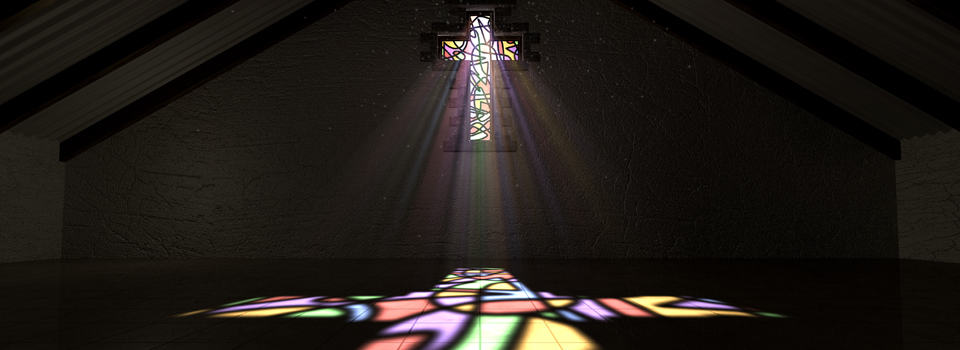PBS has produced a series of videos entitled, “America’s Houses of Worship.” I saw it when they used it as one of those programs that they intermittently interrupt with an appeal for the viewer to send in money. It was a good program, but not good enough to motivate me to send in a donation.
The show provided descriptions and historical information about some of the more significant places of worship scattered across our nation. Perhaps the reason it caught my attention is because one of the buildings featured was the First Baptist Church in Providence, Rhode Island. I remember the importance of the church from church history classes. My wife and I also visited the location a few years ago on a trip to New England.
A few of the buildings were simple, unadorned structures that played a key role in the history of our country. However, the most striking feature of the majority of the churches was the extravagance of the construction. Many were stately buildings that were immediately recognizable as houses of worship. Stained glass windows, engraved pillars, and high rising spires were common. Some of the churches took decades and huge amounts of money to construct.
The newest building featured in “America’s Houses of Worship,” was the Crystal Cathedral in California. This magnificent glass and steel structure is now more than 25 years old.
As I contemplated the entirety of the program, I thought about the churches we are building today. In the quarter century since the Crystal Cathedral was built, numerous churches have been started that are much larger and have greater financial resources than Robert Schuler’s congregation. However, I cannot think of one building that will be featured in the next edition of “America’s Houses of Worship.” In fact, the only church structure of renown is a Houston basketball arena that has been converted into a church building.
Most of today’s church buildings look more like movie theaters and warehouses. Church committees are more interested in functional square footage than religious art and architecture. I understand this thinking. The divine mandate to the church is to reach people so we want to provide enough space to make it possible.
However, I wonder if we are missing something by not building church buildings that look like places of worship? Today’s church does construct “worship centers,” but compared to the ancient cathedrals and churches, they seem very sterile and not motivating. I have worked with nearly one hundred churches to help them raise money for construction and I can only recall one that built a sanctuary that provoked a sense of awe.
Is it wrong to spend the extra money and time building a worship place that is awe inspiring? Some of the old buildings discussed in the PBS program took several decades to complete. Imagine a church building program that lasts that long today. We have neither the patience nor the stamina.
There is certainly biblical precedent for elaborate places of worship. Read the description of the temple built by Solomon.
Further, he adorned the house with precious stones; and the gold was gold from Parvaim. He also overlaid the house with gold—the beams, the thresholds, and its walls, and its doors; and he carved cherubim on the walls (2 Chron. 3:6-7).
Gold covered beams, doorways, and walls, along with extensive decorations of precious stones, and cherubim carved into the walls. I think this place would be featured in the next PBS video. I know your first complaint is that this kind of extravagance today would be terrible stewardship. What kind of statement would we be making to a world with many hungry and suffering folks if we spend so much money on ourselves?
My response might sound rather harsh, but here it goes. Our failure to have enough money and time to construct extravagant sanctuaries is not because of a lack of finances. Twenty-first century America is the richest nation ever known, yet compare our houses of worship with those built in the first sixth or seventh centuries by the early church.
The problem is not that Christians in our churches are financially lacking. Our problem is that we would rather spend the money on ourselves than on our places of worship. We chose to live in three-hundred thousand dollar homes rather than hire an artist to create a beautiful stained glass window or recruit a wood carver to fashion elaborate pillars.
It reminds me of the prophet Haggai when he observed the house of God in ruins.
Then the word of the Lord came by Haggai the prophet saying, “Is it time for you yourselves to dwell in your paneled houses while this house lies desolate?” Now therefore, thus says the Lord of hosts, “Consider your ways! You have sown much, but harvest little; you eat, but there is not enough to be satisfied; you drink, but there is not enough to become drunk; you put on clothing, but no one is warm enough; and he who earns, earns wages to put into a purse with holes” (Haggai 1:3-6).
I am not advocating that we should build gold plated church buildings. However, I do think we must consider if we are really giving our best to God. Can we find a way to glorify God the next time we construct a house of worship?











